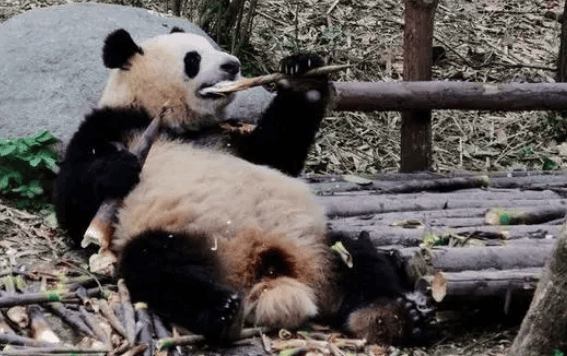Giant pandas are widely loved large carnivores, but what many people don’t know is that their food chain has undergone tremendous changes and they are now almost completely vegetarian. What are the reasons for these changes? How did the transition from carnivores to vegetarians affect their survival and evolution?




The living environment of giant pandas has been severely damaged, and their numbers have decreased rapidly. Bamboo forests are the main source of food for giant pandas, so human protectors have joined the ranks of their protection. . They continue to reclaim forests, plant bamboo, or prevent and treat infectious diseases of giant pandas in areas where giant pandas live, thereby ensuring the diet and health of giant pandas.
How does the giant panda’s body structure adapt to a vegetarian diet?
China's giant panda is an iconic endangered animal and is known around the world for its adorable appearance and gentle personality. The eating habits of giant pandas are mainly based on bamboo. Therefore, their body structure is adapted to a vegetarian diet, which is rare among bears.
The teeth and jaws of giant pandas are very suitable for eating bamboo. They have a pair of very strong large molars that can chew the tough, fibrous parts of bamboo, and they have molars that are larger and wider than other mammals to help grind food. The giant panda's jaws also have a special shape, in which the mandible is connected to the skull higher than other bears. This structure provides the giant panda with greater chewing power.
The digestive system of giant pandas is also very adaptable to eating vegetarian food. Their intestines are very long, allowing them to function better to ensure complete digestion of food in the body, and their stomachs also have different areas adapted to different types of plant foods. In addition, giant pandas also have large livers that help them process fiber-rich and low-protein foods efficiently.


 扫一扫微信交流
扫一扫微信交流
发布评论